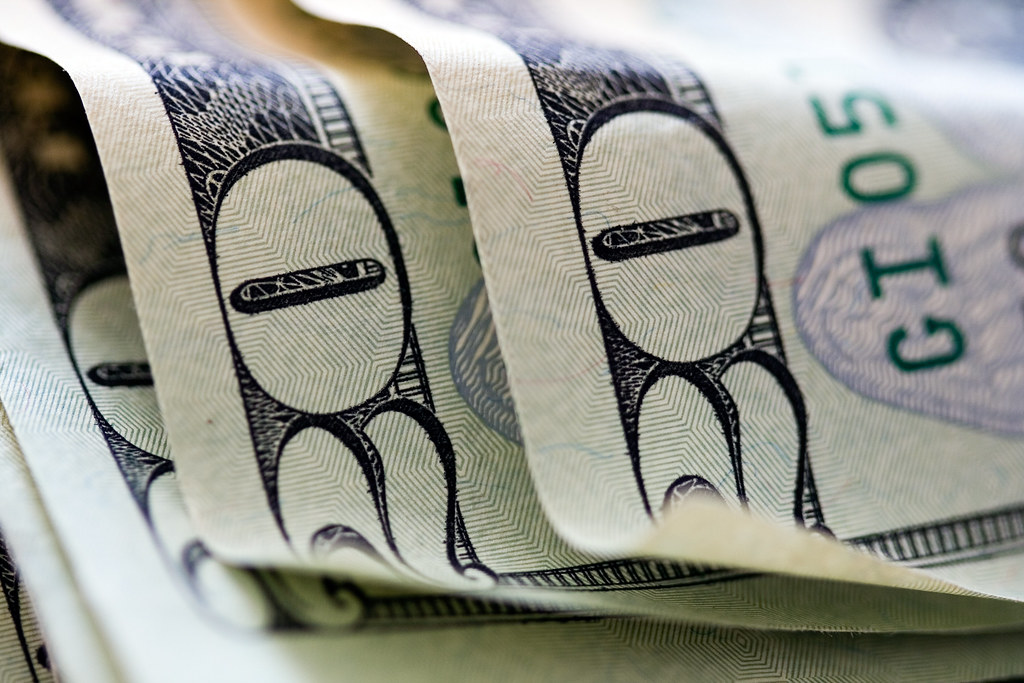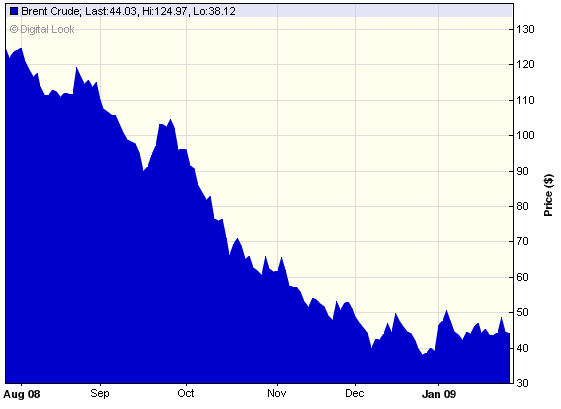
And here is a round-up of this week’s Green numbers…
-
After 50 Years, Nuclear Power is Still Not Viable without Subsidies, New Report Finds
Since its inception more than 50 years ago, the U.S. nuclear power industry has been propped up by a generous array of government subsidies that have supported its development and operations. Despite that support, the industry is still not economically viable, according to a report released today by the Union of Concerned Scientists (UCS). The report, ?Nuclear Power: Still Not Viable Without Subsidies,? found that more than 30 subsidies have supported every stage of the nuclear fuel cycle, from uranium mining to long-term waste storage. Added together, these subsidies often have exceeded the average market price of the power produced.
?Despite the fact that the nuclear power industry has benefited from decades of government support, the technology is still uneconomic, so the industry is demanding a lot more from taxpayers to build new reactors,? said Ellen Vancko, manager of UCS?s Nuclear Energy and Climate Change Project. ?The cost of this technology continues to …
-
UN reveals $1.3trn green strategy
A new sustainable strategy by the United Nations proposes to invest 2pc of wealth generated by the global economy, or some $1.3trn annually, in 10 key sectors.
The new United Nations Environment Programme (UNEP) report that was released yesterday, when more than 100 environment ministers met in Nairobi, underlines a sustainable public policy and investment path that will not only launch the transition towards a low-carbon, resource-efficient green economy, but will also …
-
Wind generation is not increasing wholesale electricity prices in Ireland
The growing levels of wind generation on the Irish electricity network is not increasing wholesale electricity prices, a new study published by EirGrid and the Sustainable Energy Authority of Ireland (SEAI) suggests.
The report by grid operator EirGrid and the SEAI, employs detailed modelling tools to examine the wholesale prices in the Irish electricity system in 2011, which has a total annual value of an estimated ?2bn.
The analysis revealed that wind generation lowers wholesale prices by …
-
7 Fear Factors That Move Solar Stocks
Solar companies have seen their stocks head up over the past two months as they?ve been reporting killer sales and profits for 2010 and remain bullish about 2011. Shares of key players, such as SunPower, Suntech Power, First Solar and Trina Solar, all have seen their shares rise about 30 percent or more since the beginning of the year.
But no stocks can keep climbing forever, and news events that …
-
OnChip Power, aiming a shrink ray at bulky transformer ‘bricks,’ raises $1.8 million from Venrock
I am fairly sure that if you manage to raise $1.8 million for your start-up while enrolled in a business school course called “Entrepreneurial Finance,” you are almost guaranteed an A.
Last week, MIT Sloan student and OnChip Power CEO Vanessa Green was signing the papers on her company’s first round of funding: $1.8 million from Venrock and Arunas Chesonis, chairman of PAETEC Holding and an MIT alumnus.OnChip is commercializing new power electronics technology developed at …
-
Transphorm Unveils Efficient Power Module, $38M From Kleiner, Google Ventures
Here comes the biggest cleantech startup launch since Bloom Energy: Acompany called Transphorm has emerged from stealth on Wednesday afternoon at Google Venture?s headquarters, touting an energy-efficient power conversion module for power-hungry devices from servers to electric car batteries to solar panels, and an enviable $38 million in venture capital from Kleiner Perkins, Google Ventures, Foundation Capital, and Lux Capital.
Founded in 2007, Transphorm is looking to make power conversion more energy-efficient and reduce the …
-
Harvard Study Reveals Coal Energy To Be One of the Most Expensive Forms of Power
Advocates of coal power argue that it is among the cheapest sources of energy in the United States and allows for lower-cost power. But a new Harvard study found that whatever money is saved in operation costs is completely negated by the cost coal plants inadvertently pass on to the American public: $345 billion.
These hidden expenses are not borne by miners or utilities, but come from the detrimental side affects of coal burning, like health problems in mining communities and pollution around coal plants. The study is the first to look at the entire cost of coal, from extraction to combustion …
-
Oil surges nears $120 a barrel on Libya and Middle East fears
Oil prices soared to almost $120 a barrel on Thursday amid fears that the unrest in Libya and Bahrain could spread to other oil-rich countries in the Middle East, including Saudi Arabia.
Brent crude leapt $8.54 to $119.79 a barrel, the highest price since August 2008, and later traded at $113.93 a barrel. It closed at…
You should follow me on Twitter here
Photo credit Tom Raftery






